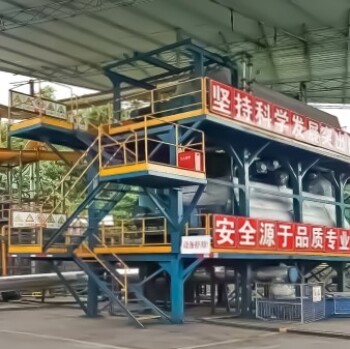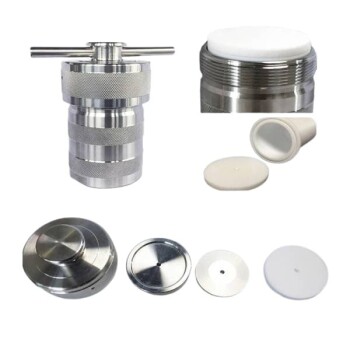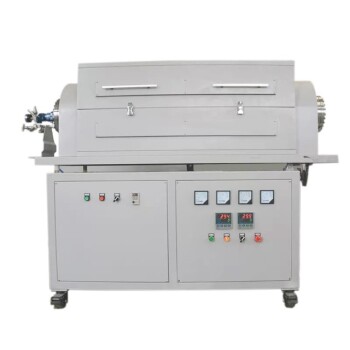Flash pyrolysis is a rapid thermal decomposition process characterized by high heating rates and short residence times, primarily used to convert biomass into valuable products such as bio-oil, gases, and char. The process operates at heating rates ranging from 100-10,000°C/s and residence times as short as 1 second, ensuring quick conversion of biomass into useful products.
Heating Rates and Residence Times: Flash pyrolysis is distinguished by its extremely high heating rates, which can vary from 100 to 10,000°C/s. This rapid heating is crucial for the efficient decomposition of biomass into its constituent products. The residence time in the reactor is minimal, typically less than 2 seconds, which ensures that the biomass is quickly converted without extensive degradation or formation of unwanted byproducts.
Products and Their Yields: The primary products of flash pyrolysis include bio-oil, gases, and char. The yields of these products are typically as follows: liquid condensate (bio-oil) ~10-20%, gases 60-80%, and char 10-15%. The high yield of gases and bio-oil makes flash pyrolysis particularly attractive for energy production and chemical feedstock generation.
Biomass Decomposition and Temperature Ranges: Biomass contains three main macromolecule structures: hemicellulose, cellulose, and lignin. During flash pyrolysis, these components decompose at different temperature ranges to produce various products. Hemicellulose breaks down at temperatures around 200-300°C, producing syn gases and initiating bio-oil formation. Cellulose decomposes at 250-350°C, leading to more bio-oil and the start of biochar formation. Lignin breaks down at higher temperatures, around 300-500°C, primarily yielding biochar.
Heat Transfer Mechanisms: The main methods of heat transfer in flash pyrolysis involve gas-solid heat transfer via convection and solid-solid heat transfer through conduction. A fluidized bed reactor is commonly used, where approximately 90% of heat transfer occurs through conduction. The fluidized bed also facilitates attrition, where friction between biomass and the hot catalyst erodes the biomass surface, exposing fresh material for reaction and maintaining catalyst activity.
Comparison with Other Pyrolysis Methods: Compared to slow pyrolysis, flash pyrolysis produces fewer amounts of gas and tar due to its rapid heating and short residence times. This method is more efficient for producing bio-oil and gases, making it a preferred choice for biomass conversion technologies.
In summary, flash pyrolysis is a highly efficient method for converting biomass into valuable products like bio-oil and gases, characterized by its rapid heating rates and short residence times. This process is crucial for sustainable energy production and the development of renewable chemical feedstocks.
Elevate your biomass conversion to new heights with KINTEK SOLUTION's cutting-edge flash pyrolysis equipment! Experience the unparalleled efficiency of our rapid thermal decomposition technology, designed to transform biomass into high-yield bio-oil and gases in record time. Trust our advanced heat transfer mechanisms and optimized residence times for a seamless, cost-effective conversion process that's setting new industry standards. Switch to KINTEK SOLUTION today and join the future of sustainable energy!











